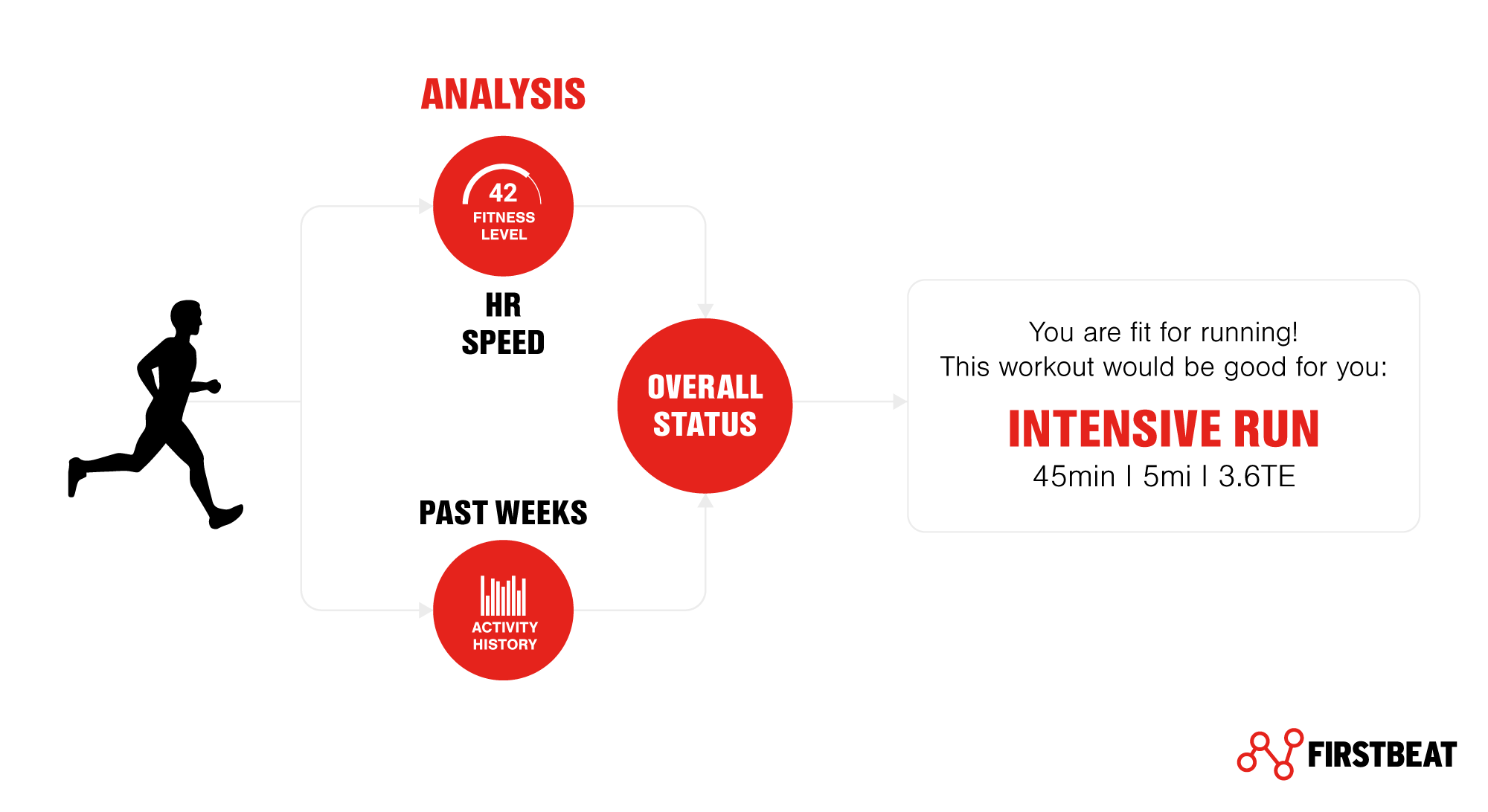
A proper training schedule is the key to hitting your goals. It tells you when and how to exercise to reach your targets.
Of course, an effective training plan is not a “one-size-fits-all” affair. The right formula depends on your current fitness level, your training goals and your life in general. This includes how much time and energy you can put into your training sessions.
Many people struggle to meet even the minimum recommendations for daily physical activity. According to a recent study from the World Health Organization, one in four people worldwide are physically inactive, which increases risk for diseases such as hypertension and diabetes.
Cardiorespiratory fitness, measurable as VO2max, is one way to assess whether you are active enough to achieve health benefits. Recent studies cited by the American Heart Association (AHA) suggest that VO2max is a better predictor of mortality than other risk factors like high blood pressure or type-2 diabetes.
Challenge Yourself to Improve
So, how active do you need to be to improve your cardiorespiratory fitness and health?
The AHA recommends at least 150 minutes of moderate-intensity activity or 75 minutes of vigorous-activity per week. A weighted combination of moderate- and vigorous-intensity minutes can used to reach the recommended targets.
How you split those minutes up then? AHA’s recommendation, 3-5 exercise sessions per week, is a good guideline. This exposes your body to appropriate training stimulus and allows you to get fitter and healthier.
Of course, the higher your current fitness level and fitness ambitions, the more effort is needed.
Every workout you perform can be expressed in terms of the physiological stress placed on your body. A heavy workload without adequate recovery increases your risk of overtraining and injury. Scheduling tough workouts on top of each other can interfere with recovery and prevent you from getting the full benefit of your efforts.
On the other hand, scheduling your efforts too far apart or trying to squeeze a week’s worth of workouts into a single day isn’t good either. Regular and frequent challenges signal your body that it’s time to adapt. When challenges are rare, fitness and performance capacity decline.
This is where Firstbeat Personalized Training Plans come into play. Incorporated into a growing number of consumer devices, these programs help you find the right balance between training and recovery. The scientific training insight and recommendations you receive keep you on the track, especially when it comes to cardiorespiratory fitness.
When it comes to putting a Firstbeat Personalized Training Plan to work for you, the specific form and parameters of the program may vary slightly from brand or model to another. This is simply because the analytics engine has been tuned to deliver a unique experience that reflects your device of choice. Beneath the surface, the same advanced analytics, modelling techniques, and scientific training principles are applied to make achieving your health, fitness, and performance goals easier than ever.
What Makes My Training Plan Right for Me?
Personalized Training Plans utilize your current VO2max Fitness Level, activity history, and background information you provided during setup. This information is brought together to make training recommendations that best suit your unique needs.

Personalized Training Plan gives you up-to-date recommendations on how to exercise based on your current VO2max Fitness Level, activity history and your background information.
Just like a good coach is supposed to, Firstbeat’s Personalized Training Plans don’t just tell when to exercise but also how to exercise. You are given insight into the target intensities, pace, time and estimated distance for each workout. When designing your workouts and scheduling them, the Firstbeat analytic engine works to create the optimal balance between stimulating challenges and rest. For example, challenging workouts designed to boost your fitness are recommended when your body is in a well-recovered state, followed by rest days and light workouts that enhance recovery.
Periodization and Adaptation
If your training program is always the same, filled week-to-week with similar jogs and fitness classes, your body grows accustomed to the training stimulus and your development will plateau. For continuous progress, you need to vary your weekly training activities, both the type of workouts and the overall workload.
The tried and trusted way is to rotate easy, moderate and hard training weeks. When you follow your Personalized Training Plans closely you may notice the plan adjusting to your needs based on a periodized approach.
Skip a workout or do some extra and you may notice your plan adjusting to compensate based on your performed workouts. Simply get back on track with the next recommended workout and you’ll be in good shape.
If you liked this article, you should subscribe to our mailing list
You might also be interested in

How Long Does It Take to Lose Your Fitness?
Just as your fitness improves over time, it declines if you stop training. Significant reductions in your cardiorespiratory fitness, that is VO2max, occur already within 2 to 4 weeks of detraining.


VO2max the Ultimate Resource for Conquering Your Health and Performance Goals
This technology is new to many, but the groundwork for this revolutionary step has been carefully developed and curated by Firstbeat for well over a decade.
